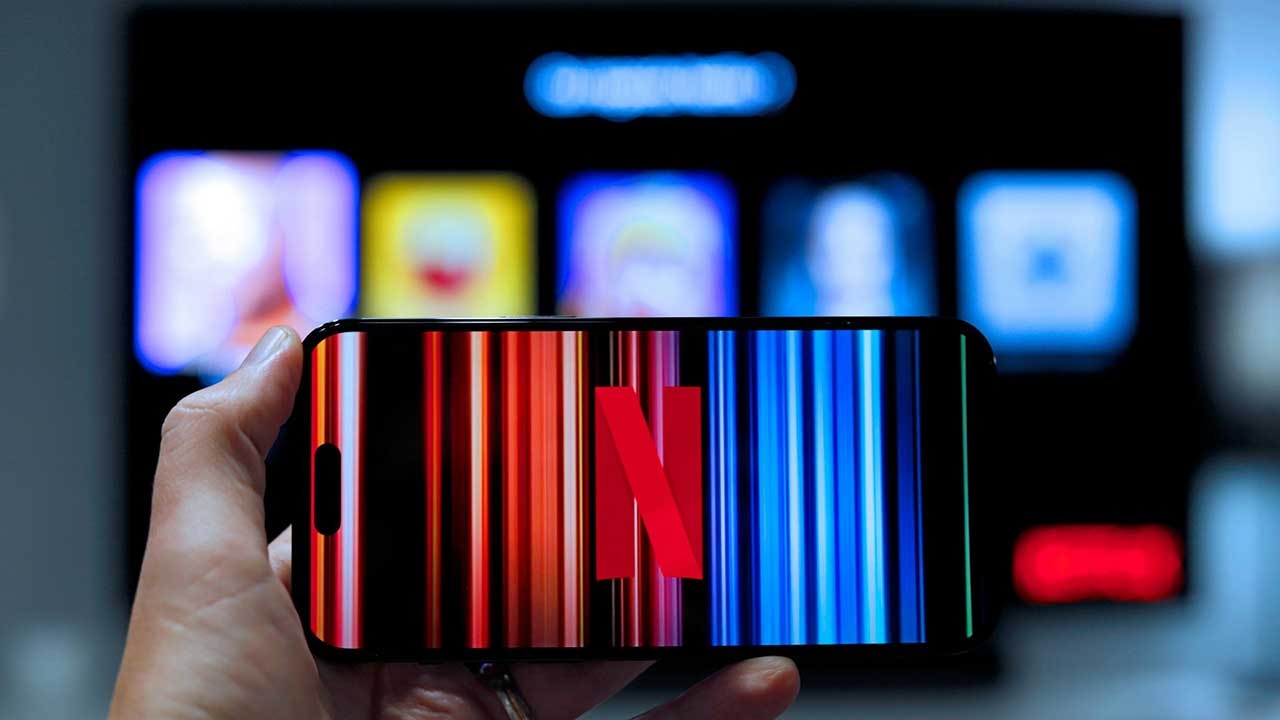
Netflix is doubling down on its commitment to TV gaming and social play features, aiming to maintain its competitive edge in the streaming market and combat subscriber churn. This strategic move builds on the company’s existing cloud gaming infrastructure, integrating interactive entertainment directly into its platform to boost user engagement and loyalty amid rising competition from rivals like Amazon Prime Video and Disney+.
Netflix’s Evolving Gaming Investments
Netflix’s journey into the gaming industry has been a calculated one, with strategic acquisitions and partnerships forming the backbone of its gaming portfolio. The 2021 purchase of Night School Studio and the ongoing development of in-house titles like “Oxenfree II” are testament to the company’s commitment to gaming. This foundation has paved the way for Netflix’s current push towards TV-focused gaming, a move that leverages its existing cloud gaming infrastructure.
By shifting towards cloud-based gaming accessible via smart TVs, Netflix eliminates the need for downloads, providing a seamless play experience for its users. This approach leverages Netflix’s global server network, further enhancing the gaming experience. Co-CEO Ted Sarandos has emphasized gaming as a “new chapter” in content delivery, with specific investments in titles optimized for big-screen experiences. This strategic shift underscores the company’s commitment to integrating gaming as a core part of its service.
Emphasis on TV-Optimized Gaming Experiences
Netflix’s focus on TV gaming extends beyond just making games available on the platform. The company has made significant technical enhancements to improve the gaming experience for its users. For instance, controller integration with Netflix apps on devices from Samsung and LG enables lag-free gaming sessions during binge-watching breaks.
Furthermore, Netflix is developing exclusive games like “Hades” adaptations that are tailored for television interfaces. These games focus on narrative-driven play, complementing Netflix’s original series and enhancing the overall user experience. User data trends show increased session times when gaming is paired with streaming, positioning TV as the primary gateway for this hybrid entertainment model.
Integrating Social Play Features
Netflix is not just about solo viewing or gaming. The company is integrating multiplayer social modes, allowing subscribers to invite friends for co-op sessions within Netflix games. This feature, similar to those in “Stranger Things” tie-ins, adds a social dimension to the Netflix experience.
Moreover, Netflix is introducing cross-device social tools, including in-app chat and shared watch parties that extend to gaming lobbies. These features foster community building and reduce the sense of isolation often associated with solo viewing. Beta testing feedback from regions like the U.S. and Europe indicates that social play has led to a 20% uplift in daily active users engaging with interactive content, underscoring the potential of these features.
Strategies for Subscriber Retention
Gaming and social features are not just about enhancing the user experience; they also play a crucial role in subscriber retention. Netflix reports that interactive content users are 15% less likely to cancel subscriptions compared to passive viewers. This statistic highlights the effectiveness of interactive content in reducing churn rates.
Netflix is also leveraging bundling incentives to retain subscribers. For instance, ad-free plan holders get free access to premium games, a direct response to price sensitivity in markets like India and Brazil. Additionally, the company is using personalized recommendations that blend gaming suggestions with viewing history, aiming to increase overall platform stickiness and user engagement.
Competitive Landscape and Market Challenges
Netflix’s approach to integrating gaming into its platform sets it apart from competitors like Amazon’s Luna service and Apple’s Arcade. The seamless integration of gaming without the need for additional hardware gives Netflix a competitive edge. However, the company faces industry hurdles like regulatory scrutiny on data privacy for social features and the high costs of global game distribution.
Despite these challenges, Netflix is optimistic about its growth prospects. The company is targeting a 10% subscriber increase in gaming-engaged households by the end of 2026. This ambitious target reflects Netflix’s confidence in its gaming strategy and its potential to drive subscriber growth.
Future Roadmap and Potential Expansions
Looking ahead, Netflix has a robust roadmap for its gaming and social play features. The company is planning updates that include VR/AR social play experiments tied to Netflix originals like “Squid Game.” These innovative features aim to keep the platform fresh and engaging for users.
Netflix also has plans for a global rollout of its TV gaming features, with full availability expected in over 190 countries by mid-2026. This expansion will take into account regional content preferences, ensuring a tailored experience for users across different markets. In the long term, Netflix is considering evolving ad models where social gaming sessions include targeted promotions, based on current pilot programs. These plans highlight Netflix’s commitment to continuously innovate and adapt to changing user preferences and market dynamics.
More from MorningOverview